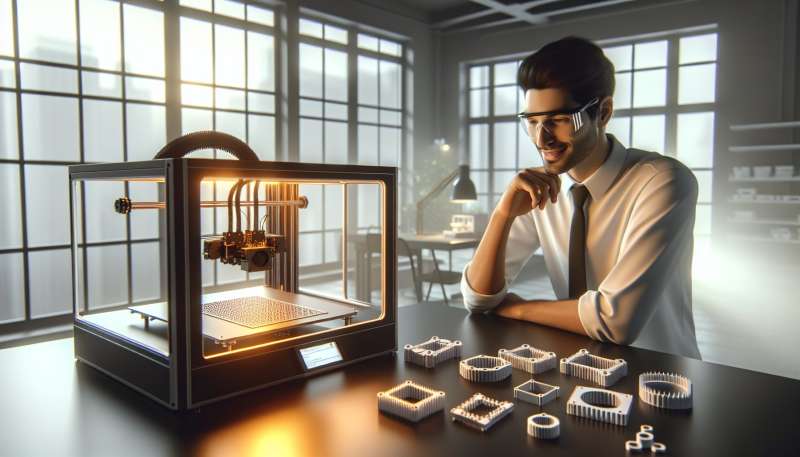
Understanding Circuit Fundamentals
Grasping Ohm's Law and Kirchhoff's principles is vital. Did you know the first integrated circuit in 1958 revolutionized electronics? Learn how these basics underpin today's tech, from smartphones to satellites.
Simulation Software Mastery
Simulators like SPICE are indispensable. They allow risk-free experimentation with virtual components. Interestingly, SPICE was originally developed at UC Berkeley in the 1970s and is still the basis for many modern simulation tools.
Innovative Design Techniques
Push the envelope with modular design and flexible circuits. Did you know flexible circuits are used in NASA's Mars rovers for resilience and space-saving? Apply this ingenuity to create adaptable electronics.
Sustainable Electronic Solutions
Eco-friendly electronics are the future. Biodegradable PCBs and solar-powered circuits are gaining traction. Your innovation could contribute to this green revolution, minimizing e-waste and energy consumption.
Leveraging IoT and AI
Internet of Things (IoT) integrates electronics into daily life. Combining IoT with AI can lead to predictive maintenance and smart homes. Your circuits could power the next AI breakthrough.
Advanced Material Usage
Graphene and conductive polymers are game changers. Graphene, being stronger than steel and better conductor than copper, can lead to unimaginable electronic advancements. Explore these materials in your designs.
Prototyping and Testing
Rapid prototyping techniques like 3D printing have transformed development cycles, enabling quicker testing and iterations. Use these tools to bring your circuit concepts to life efficiently.
What revolutionized electronics in 1958?
First smartphone release
First integrated circuit
Invention of SPICE
Company